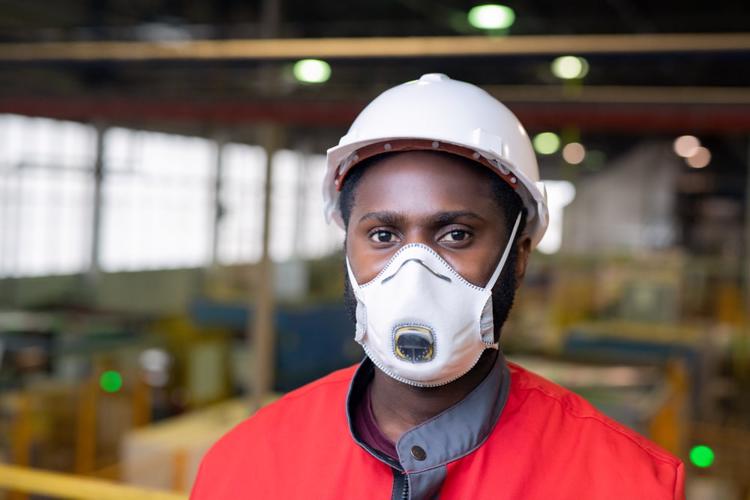Beyond Dawlish

The effectiveness of an N95 mask relies heavily on how well it fits the wearer, which is why an N95 mask fit test is essential. This test ensures that the mask forms a proper seal around the nose and mouth, offering the intended protection against airborne particles. In industries where exposure to hazardous particles is common, an N95 mask fit test is crucial to safeguarding workers' health. Understanding how to properly conduct and pass this test can help individuals stay protected and compliant with safety standards.
Importance of an N95 Mask Fit Test
An N95 mask fit test is vital for determining whether the mask provides the necessary protection. The purpose of this test is to ensure that the mask fits snugly against the wearer’s face without leaving gaps where contaminants can enter. A proper fit minimizes the risk of inhaling dangerous particles, such as dust, fumes, or infectious pathogens. By undergoing an N95 mask fit test, workers can feel confident in their mask's ability to protect them in high-risk environments.
How an N95 Mask Fit Test Works
The N95 mask fit test typically involves two methods: qualitative and quantitative testing. In the qualitative test, the wearer dons the mask and a test agent, such as a bitter or sweet solution, is introduced into the environment. If the wearer detects the taste, the mask is not fitted properly. The quantitative test uses a machine to measure the amount of leakage around the face seal and provides numerical feedback to assess the fit. Both methods are designed to ensure the mask forms a tight seal around the face, and adjustments can be made as necessary until the fit is secure.
Steps to Perform an N95 Mask Fit Test
The steps involved in an N95 mask fit test are straightforward but must be carefully followed. First, the mask should be placed snugly on the face, with the straps adjusted for comfort and security. During the test, the individual is asked to perform various movements, such as talking, bending, and breathing deeply, to simulate real-world conditions. This ensures that the mask maintains a proper seal throughout regular use. If the mask fails to stay in place or if gaps are detected during any part of the test, adjustments must be made, or a different mask size or style should be selected.
Common Challenges with N95 Mask Fit Tests
While the process of conducting an N95 mask fit test is straightforward, some common challenges may arise. Facial hair, for instance, can interfere with the mask’s seal and compromise its effectiveness. For this reason, it is recommended to shave before the test. Additionally, individuals with unique facial shapes or features may find it difficult to achieve a proper fit. In such cases, it’s important to explore different mask models to find one that offers the best protection. Comfort is also a factor, as a mask that fits too tightly can cause discomfort during extended wear, potentially leading to improper use.
Benefits of Passing an N95 Mask Fit Test
Passing an N95 mask fit test offers several key benefits. First and foremost, it ensures the wearer is receiving the maximum level of protection from airborne hazards. This is particularly important in high-risk industries, such as healthcare, construction, and manufacturing, where exposure to harmful particles is common. Additionally, passing the test can provide peace of mind, knowing that the mask is functioning as it should. In many workplaces, passing an N95 mask fit test is a requirement for compliance with safety regulations, making it a critical step for employees and employers alike.




